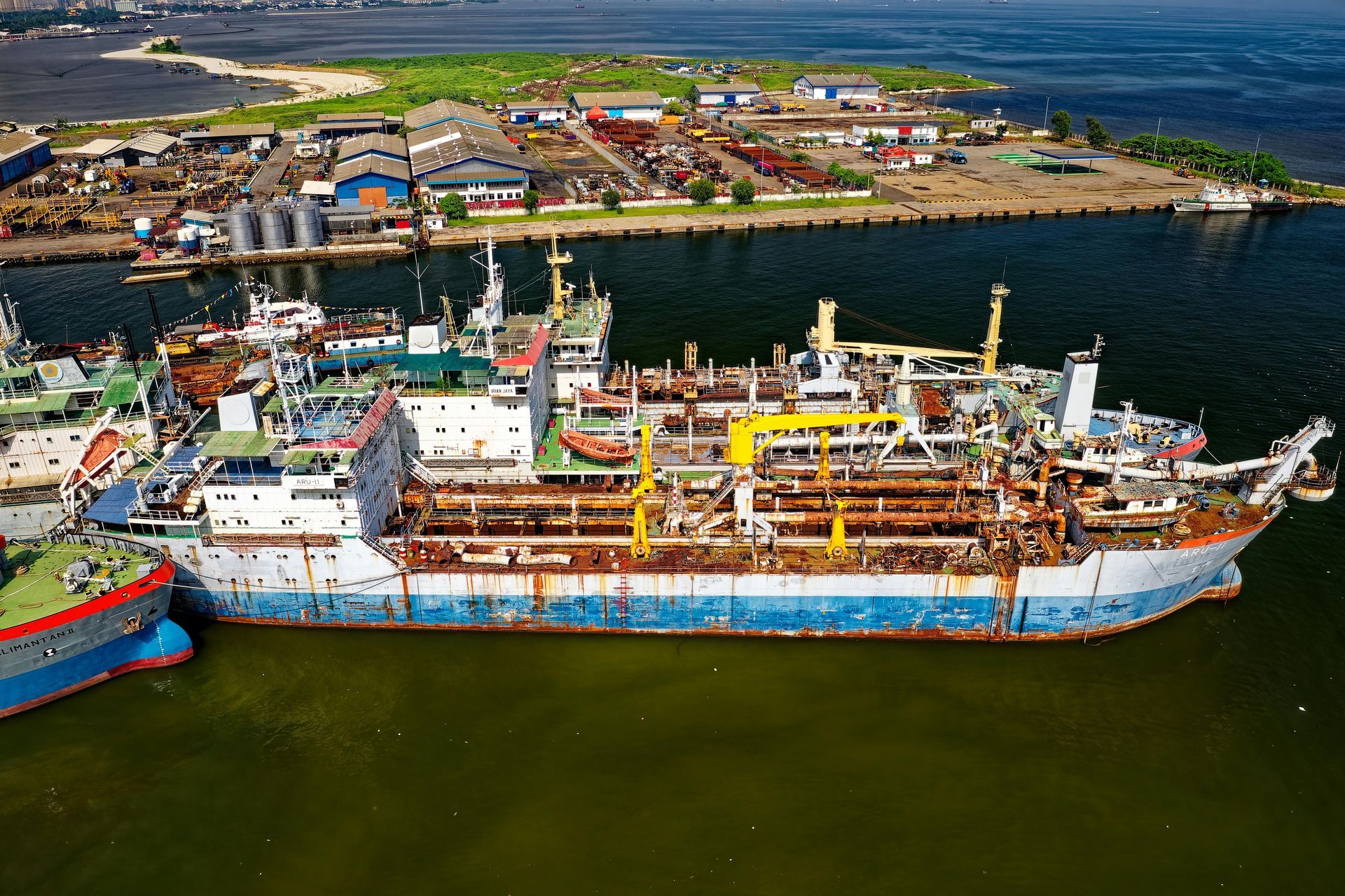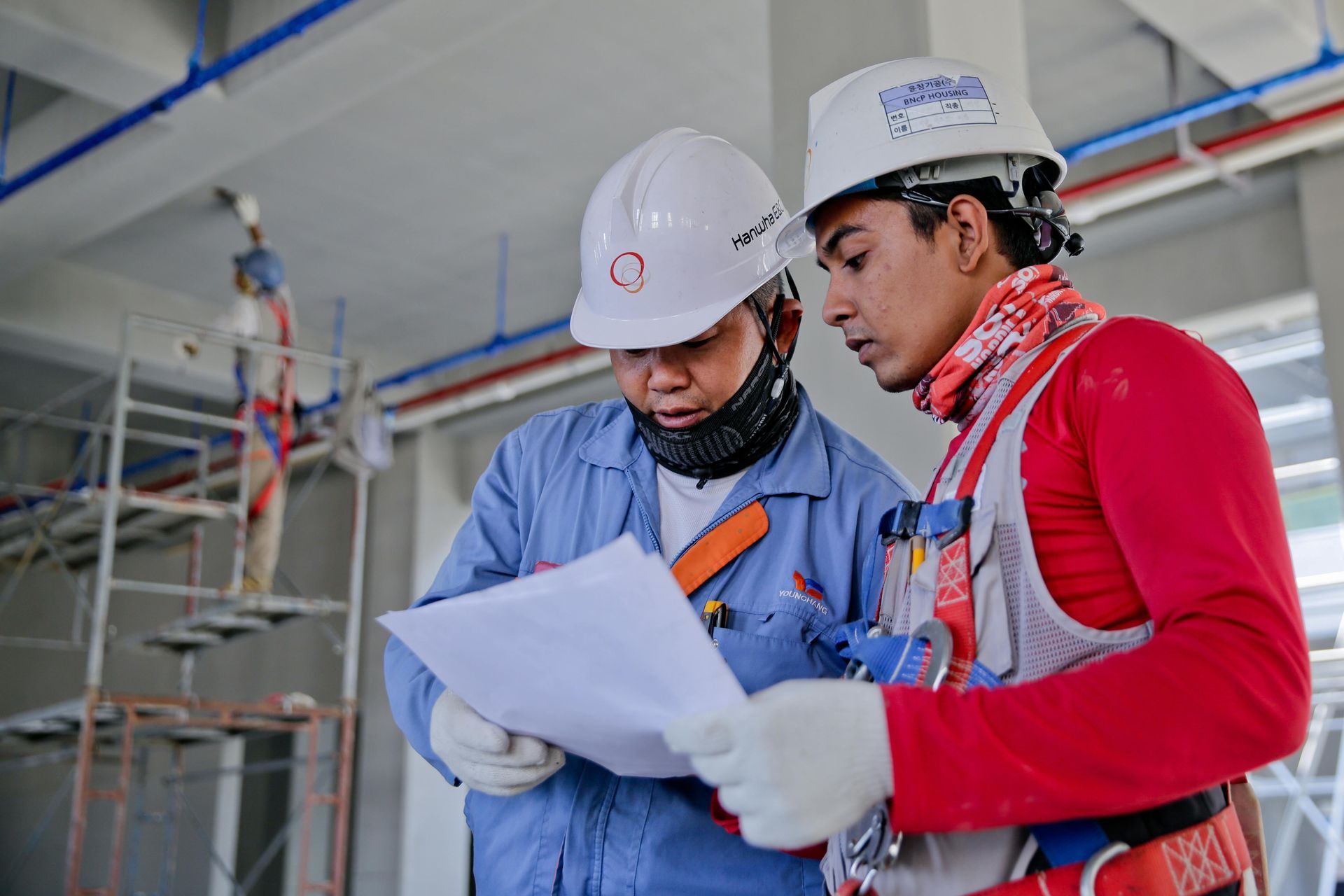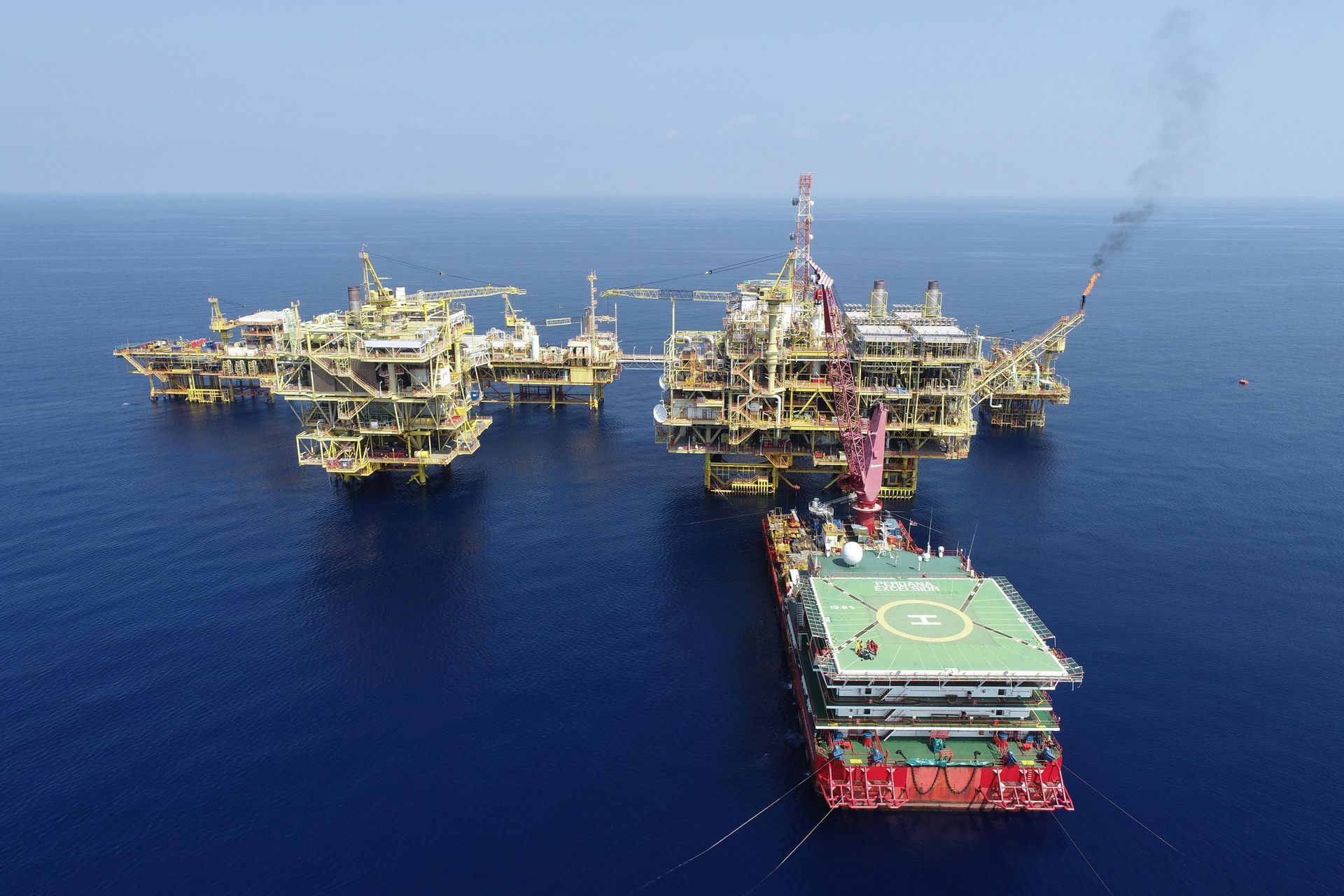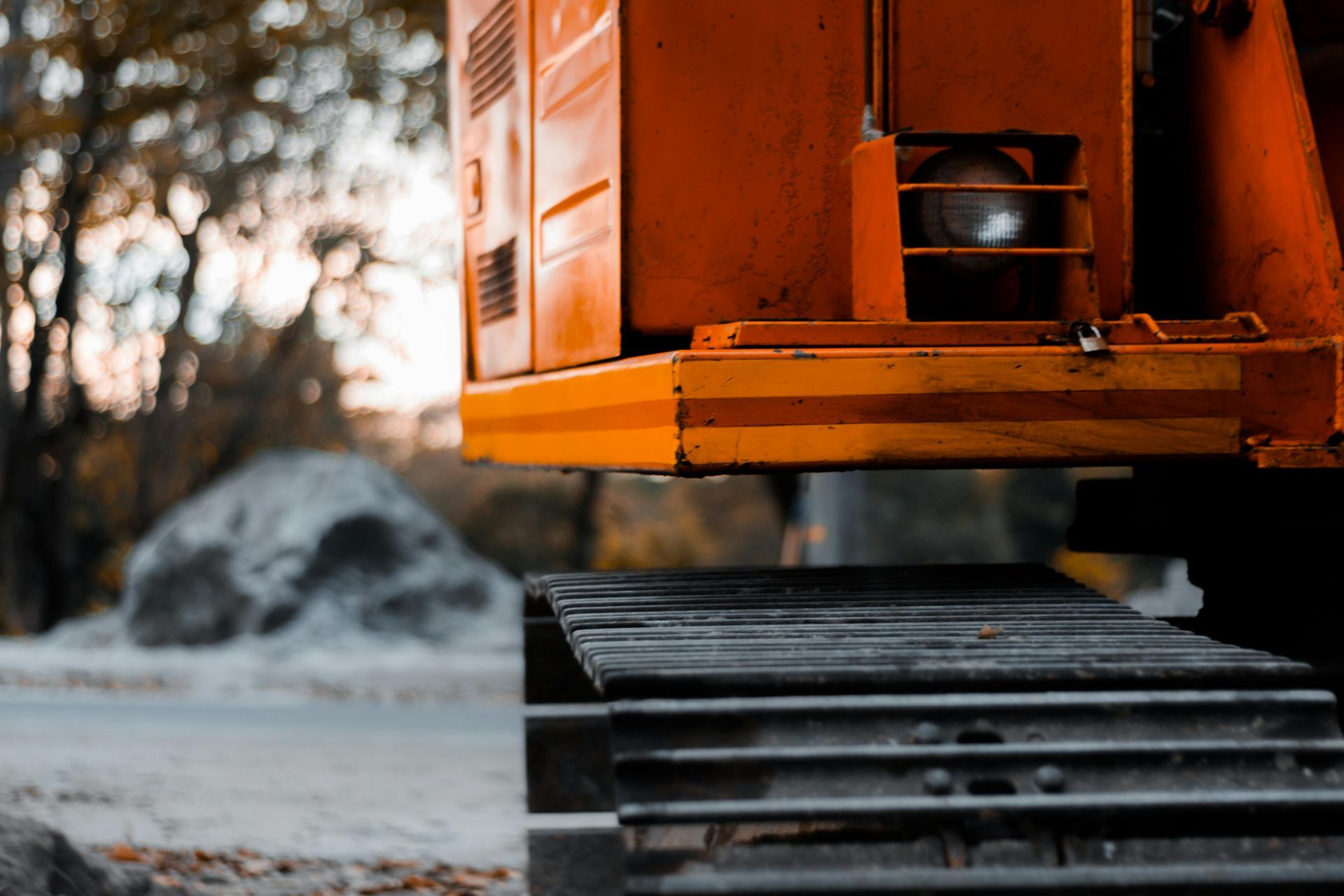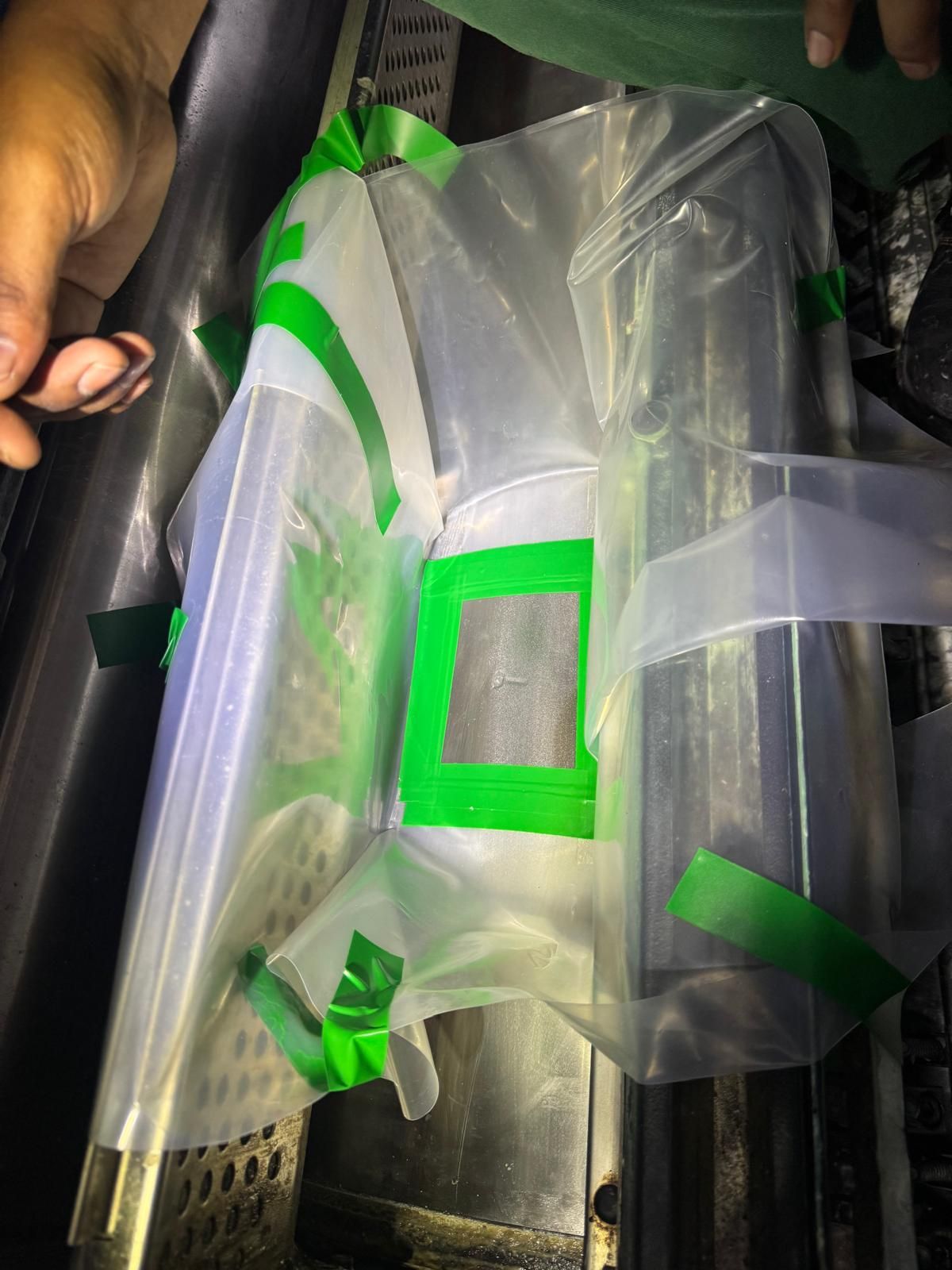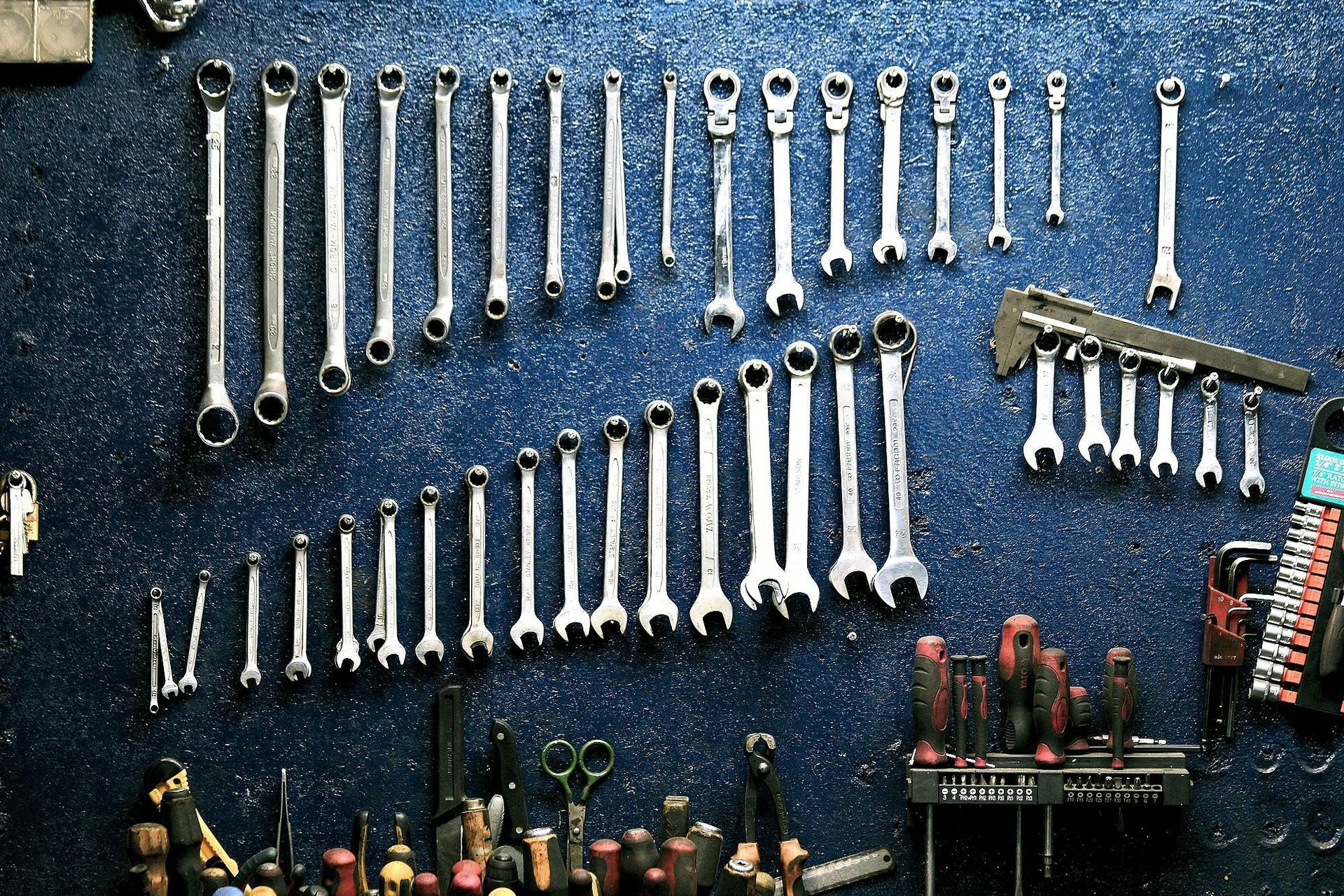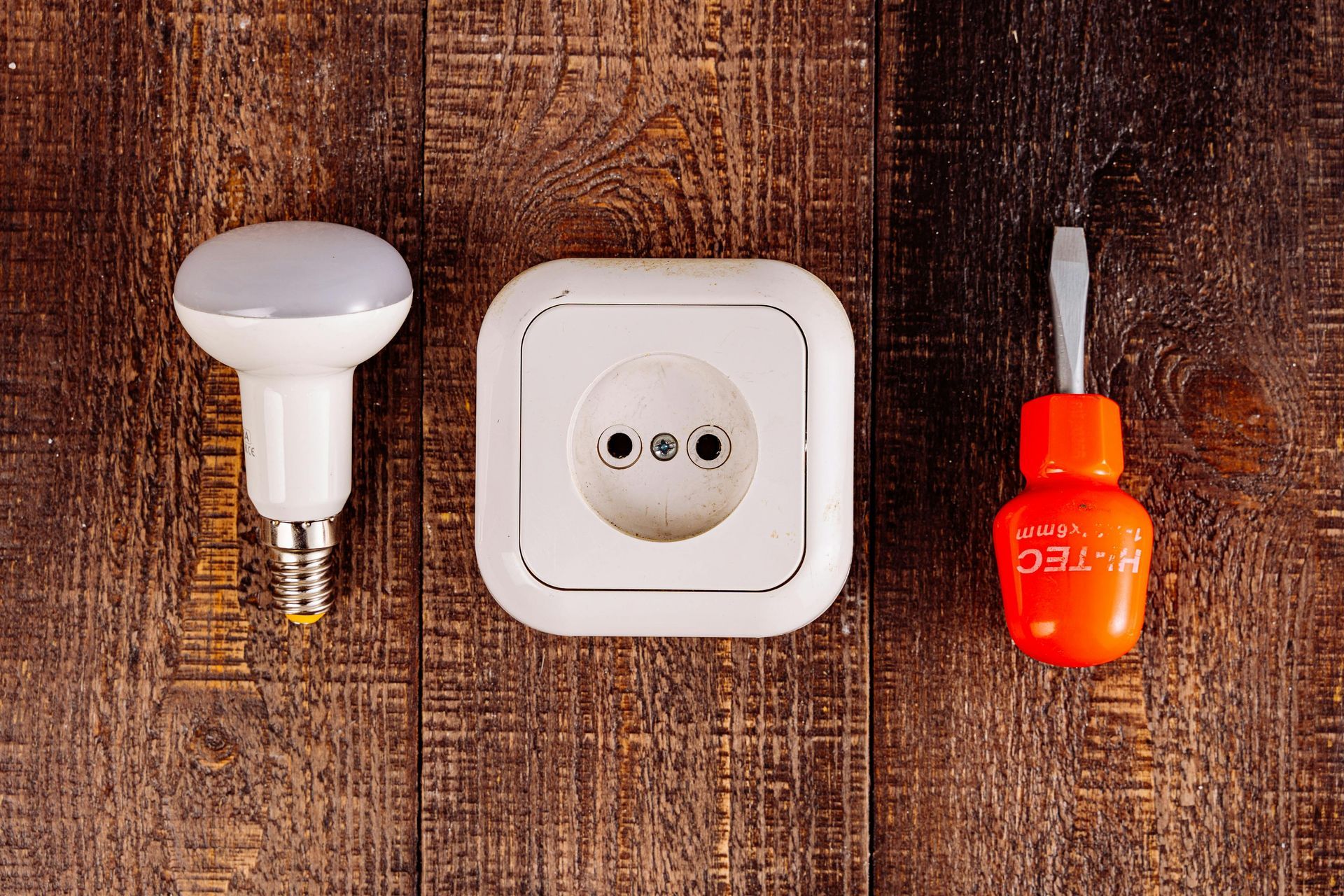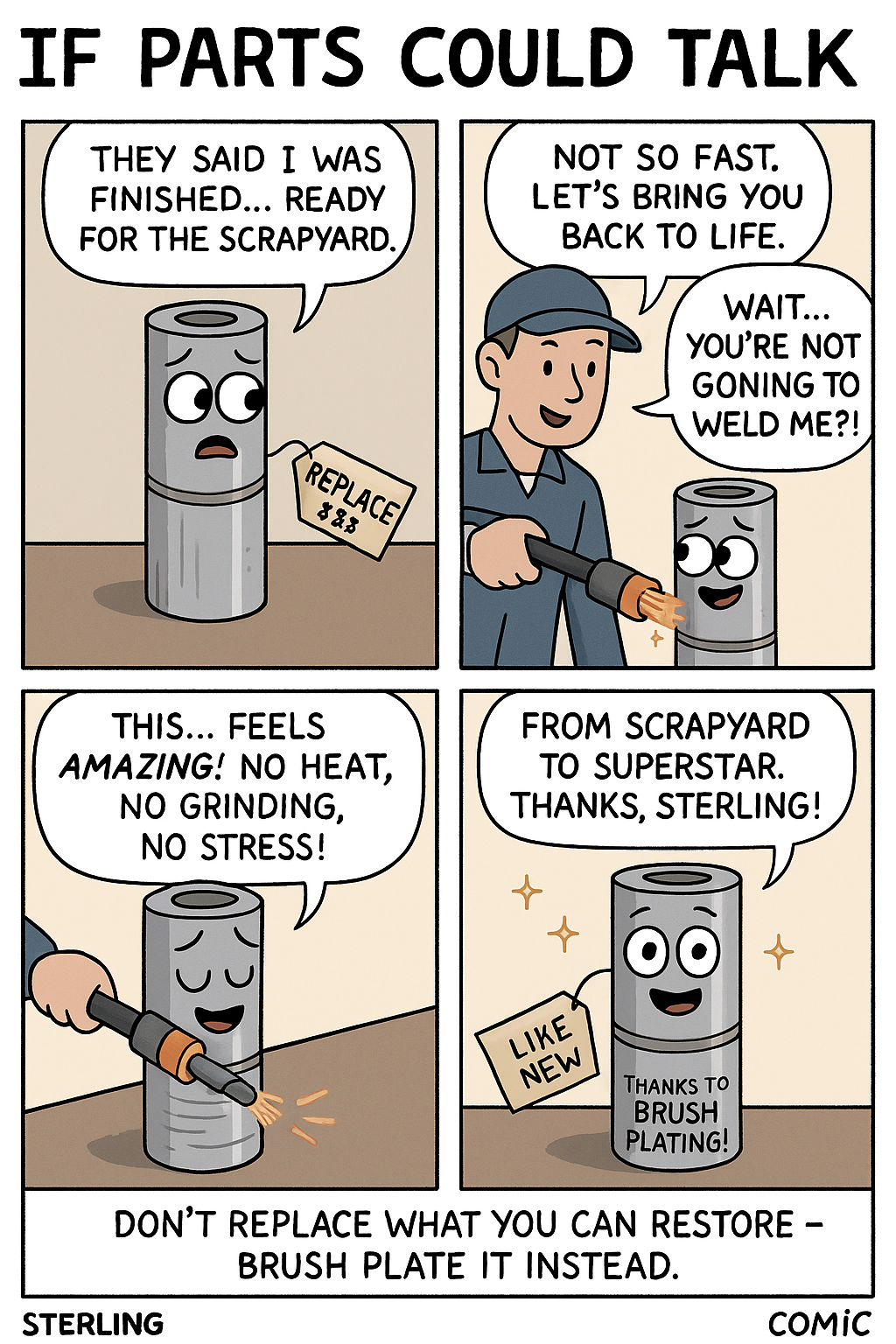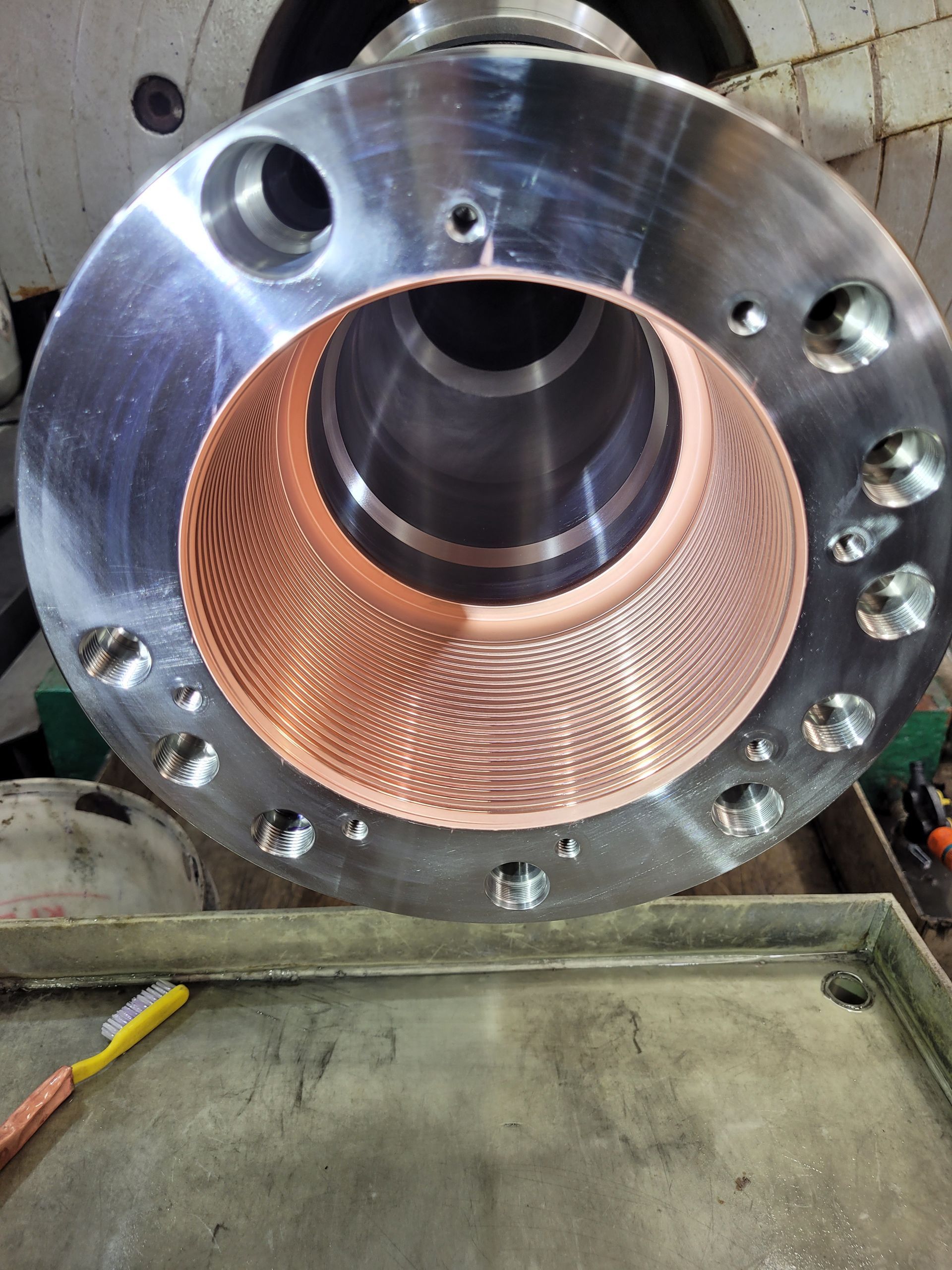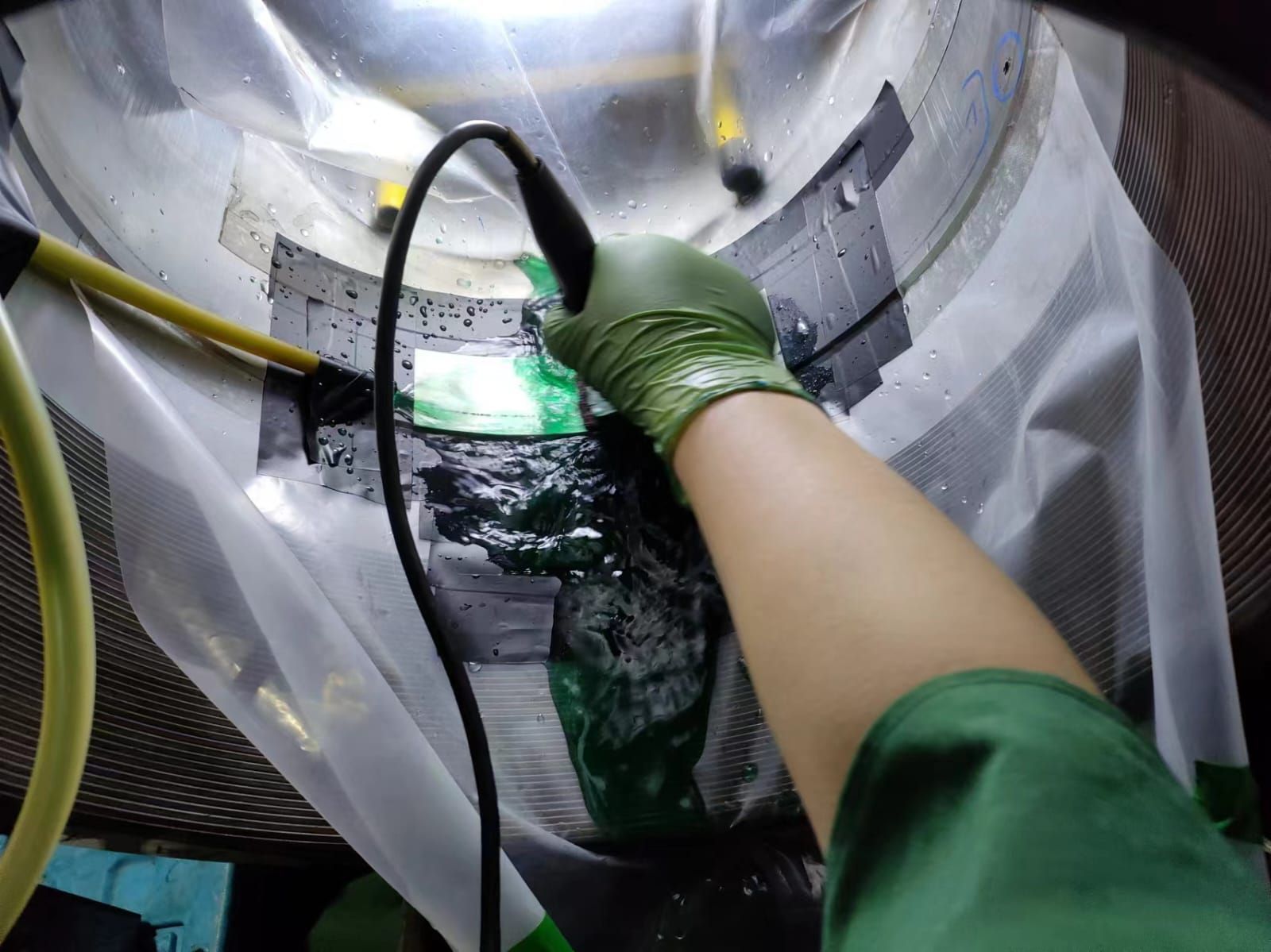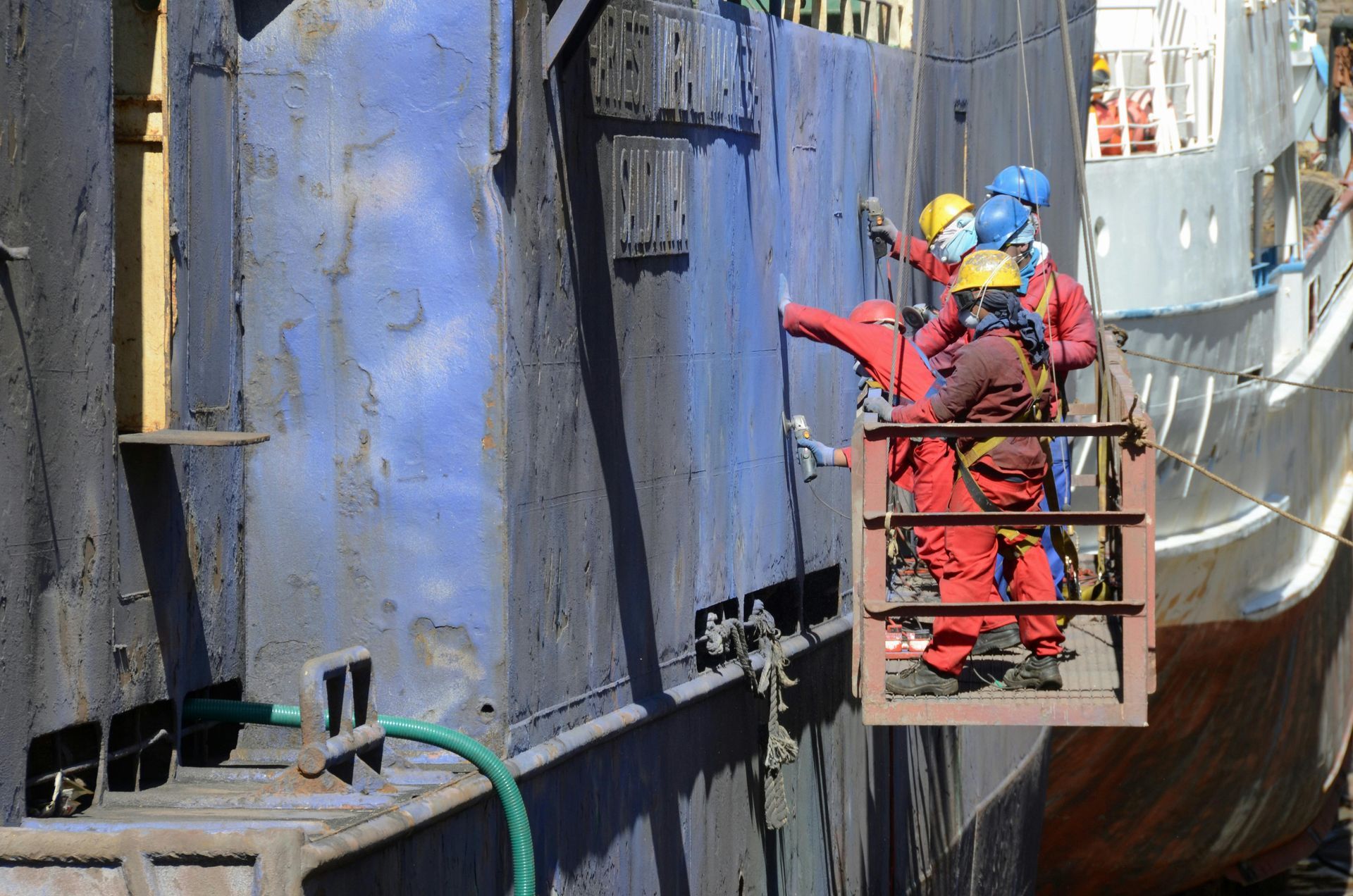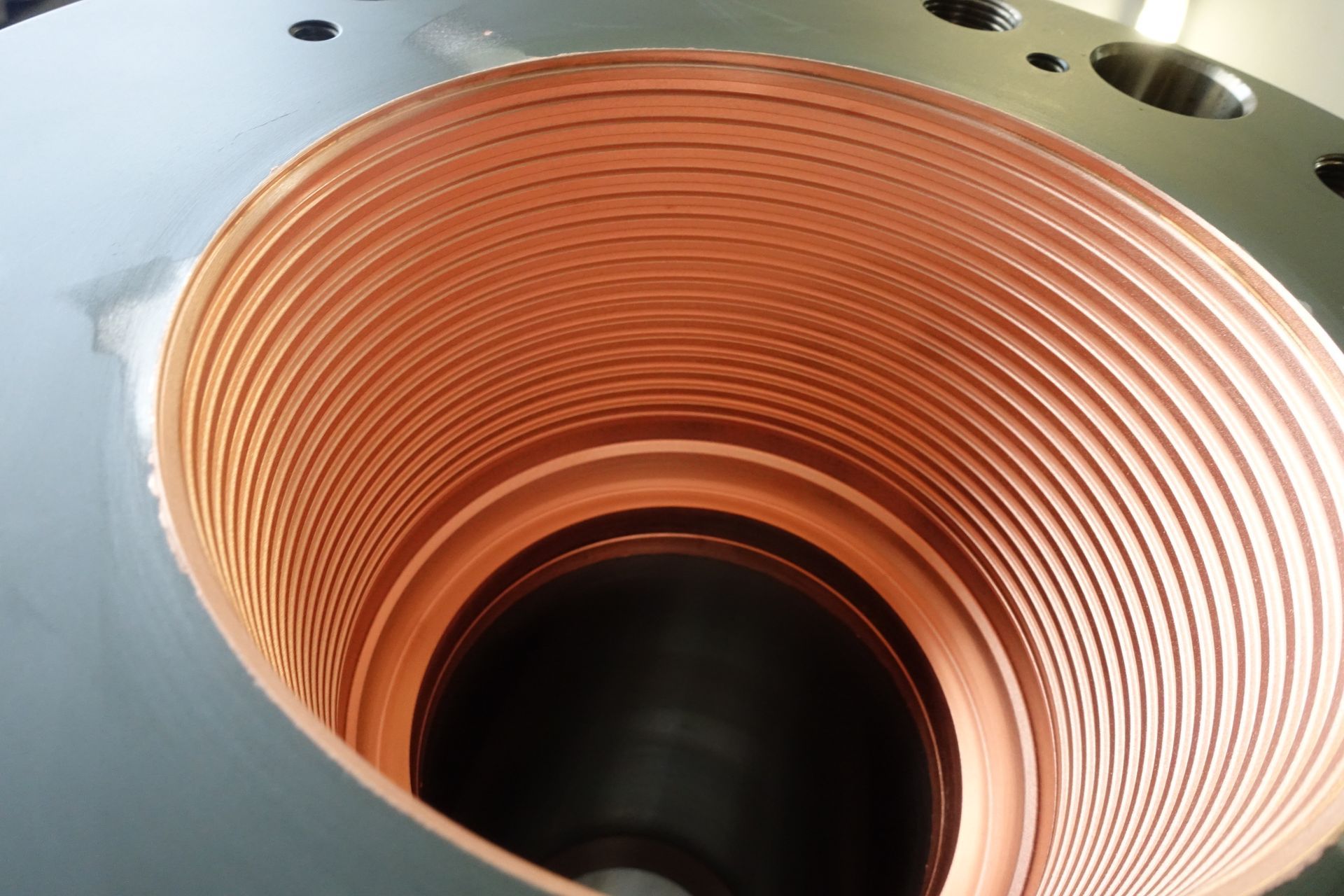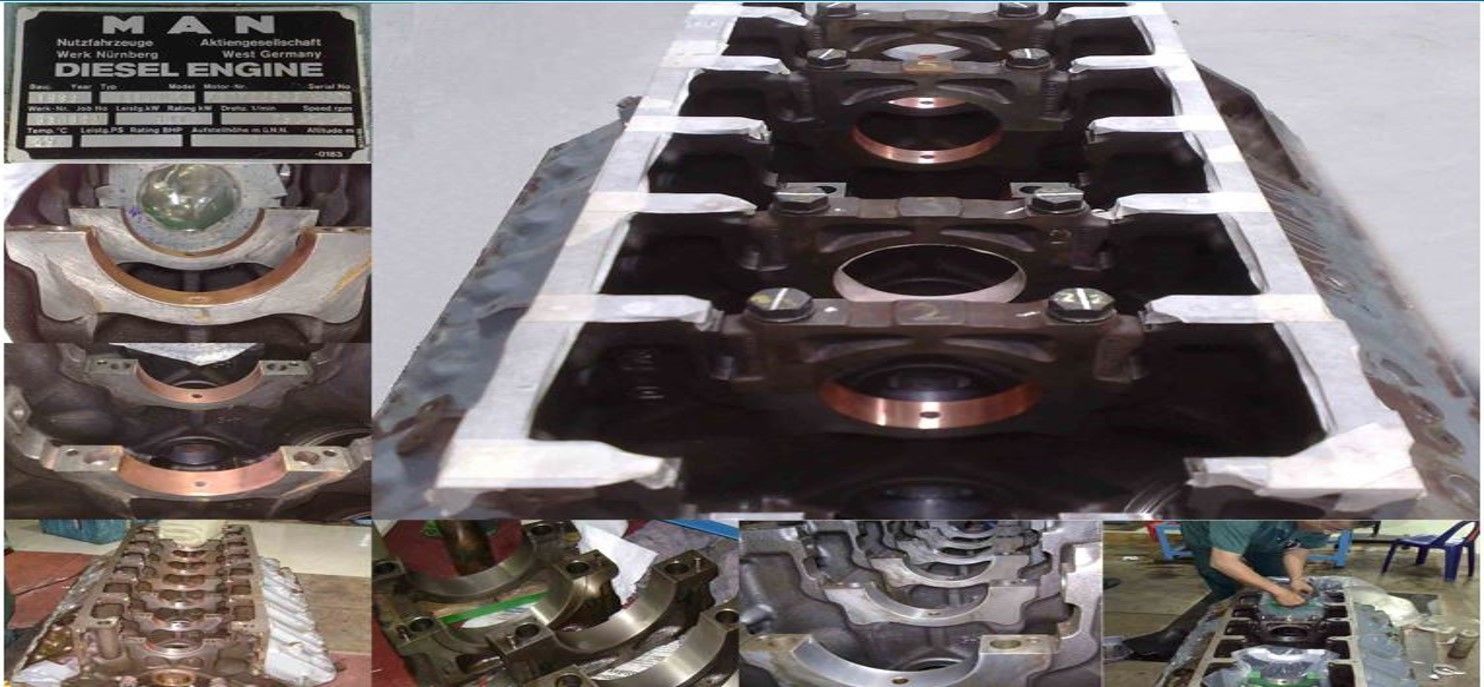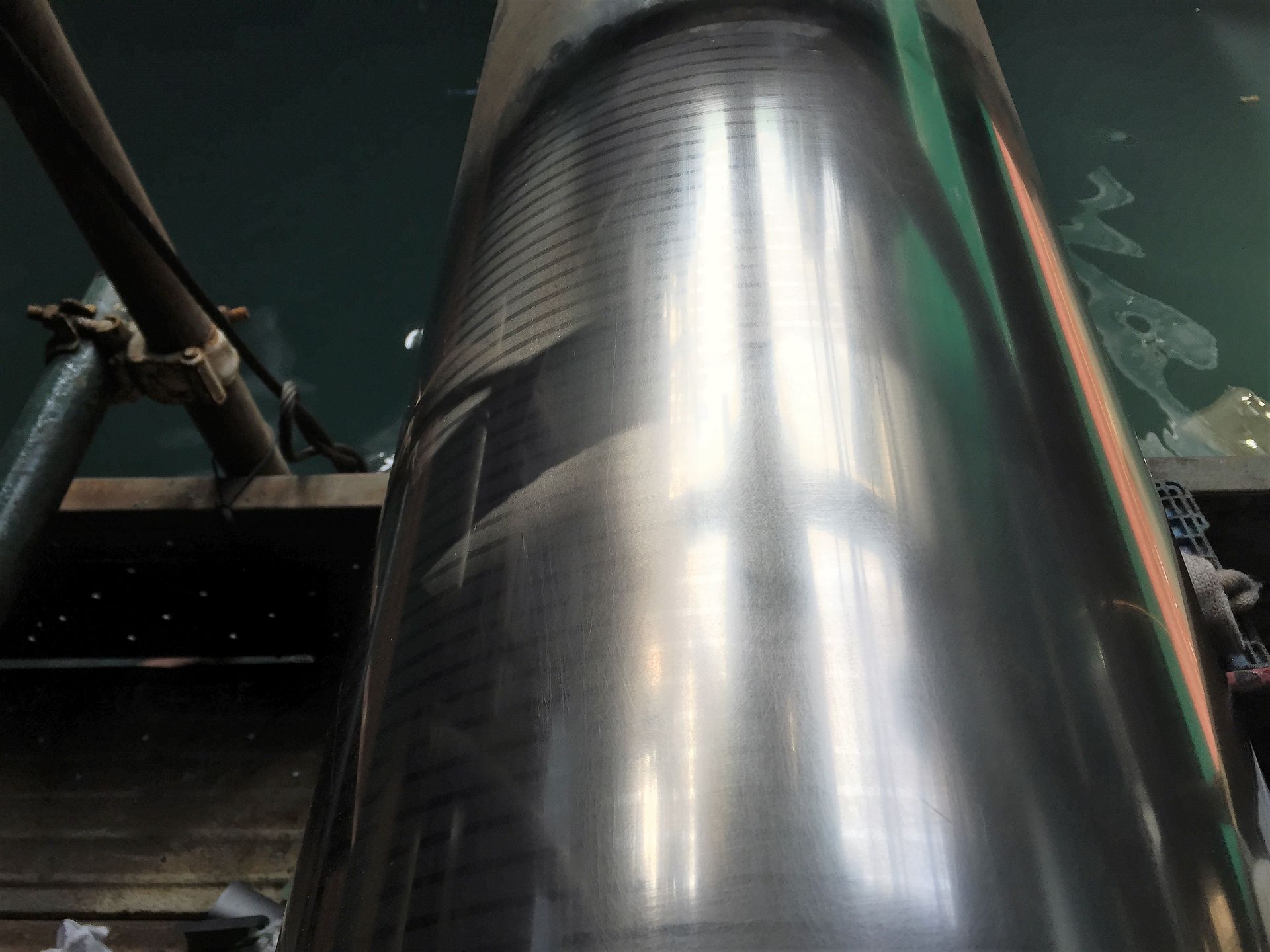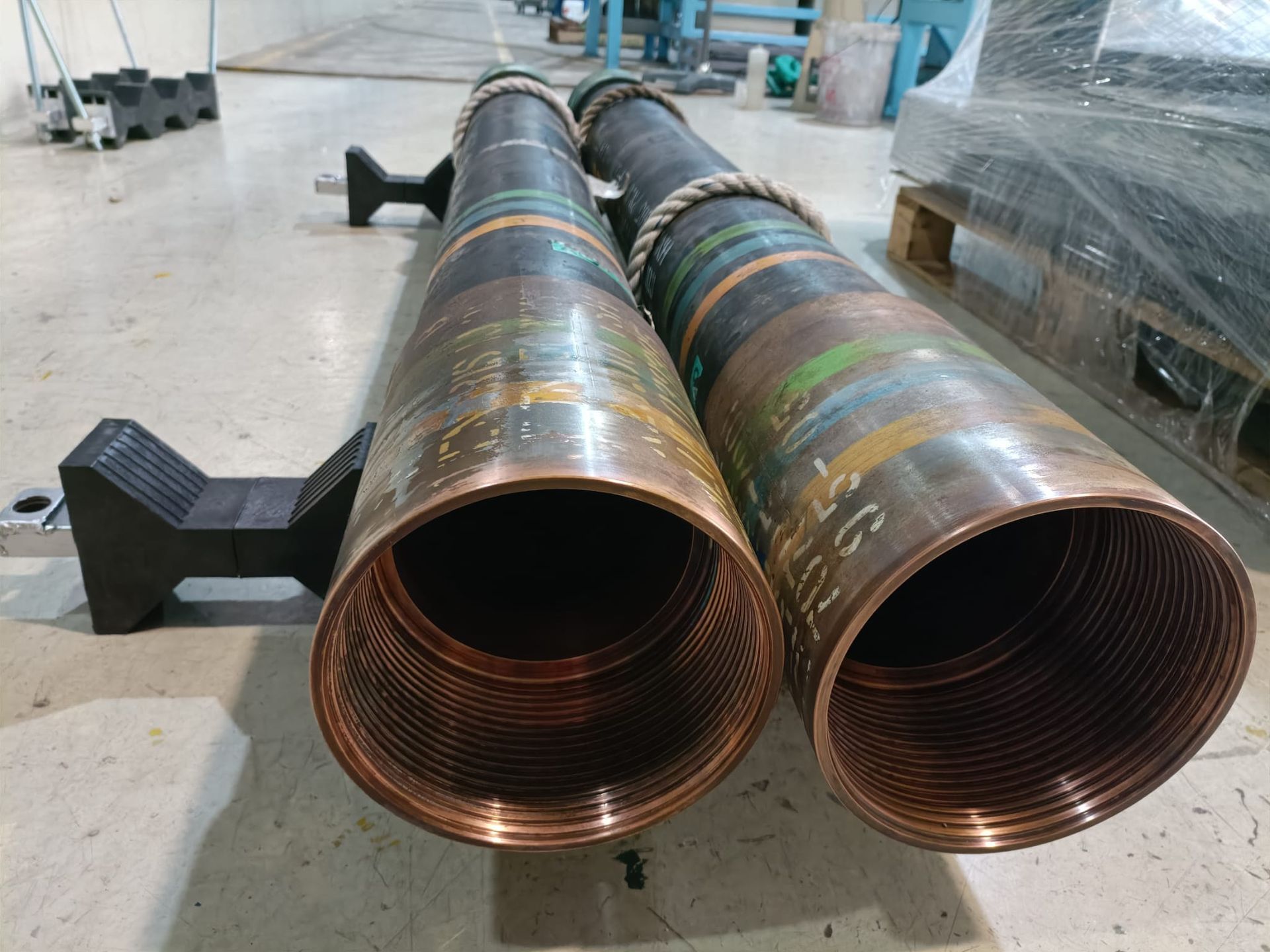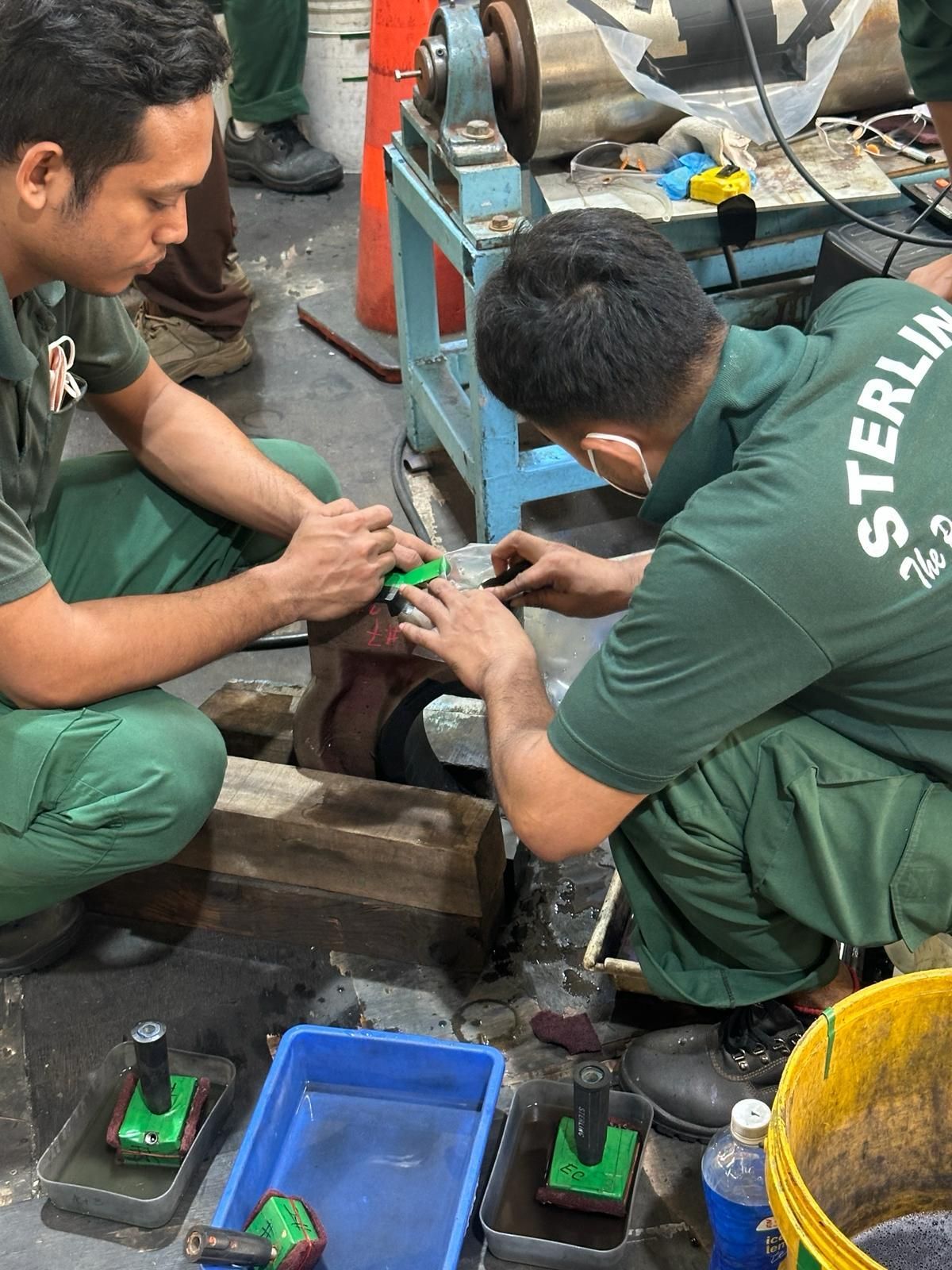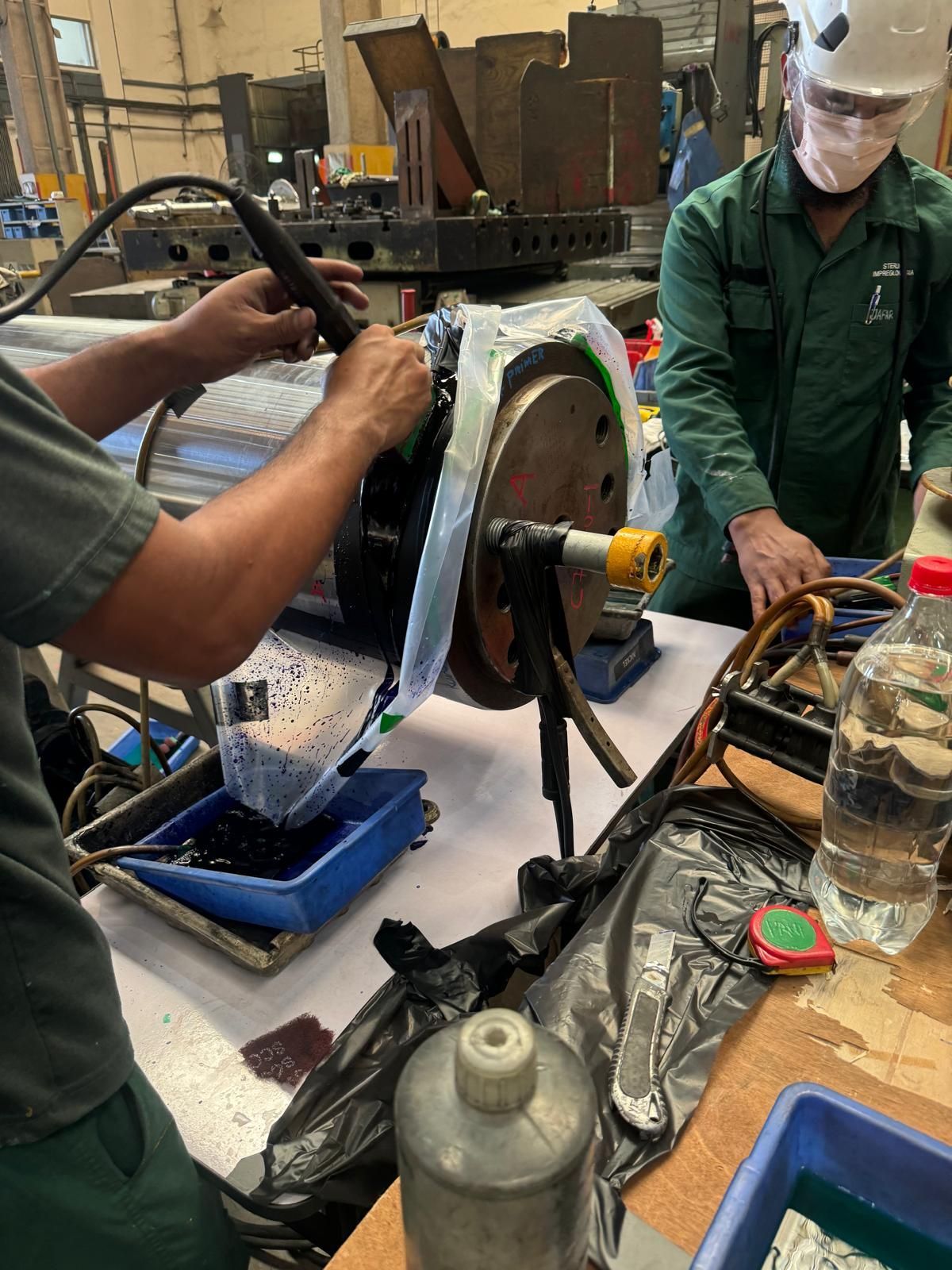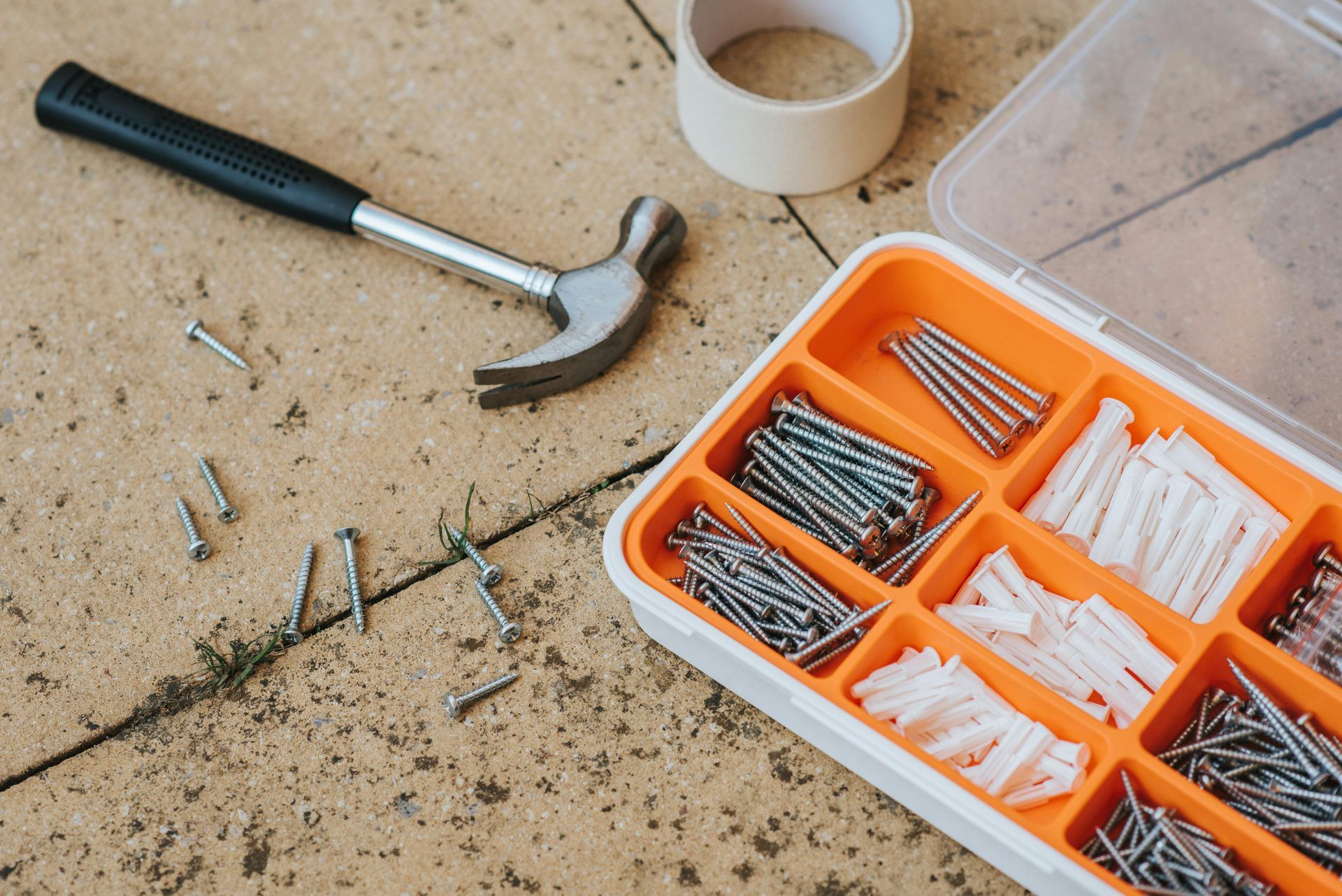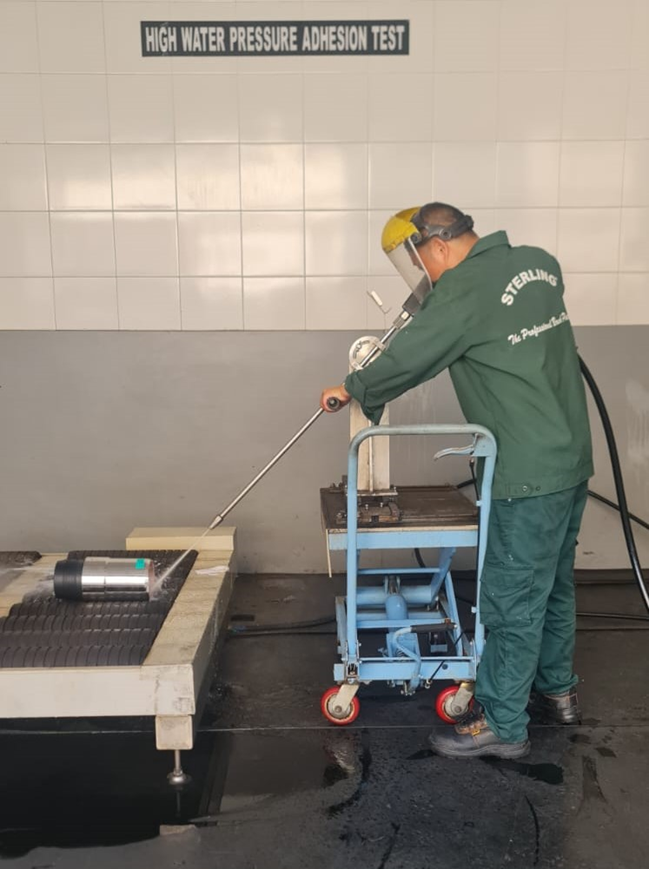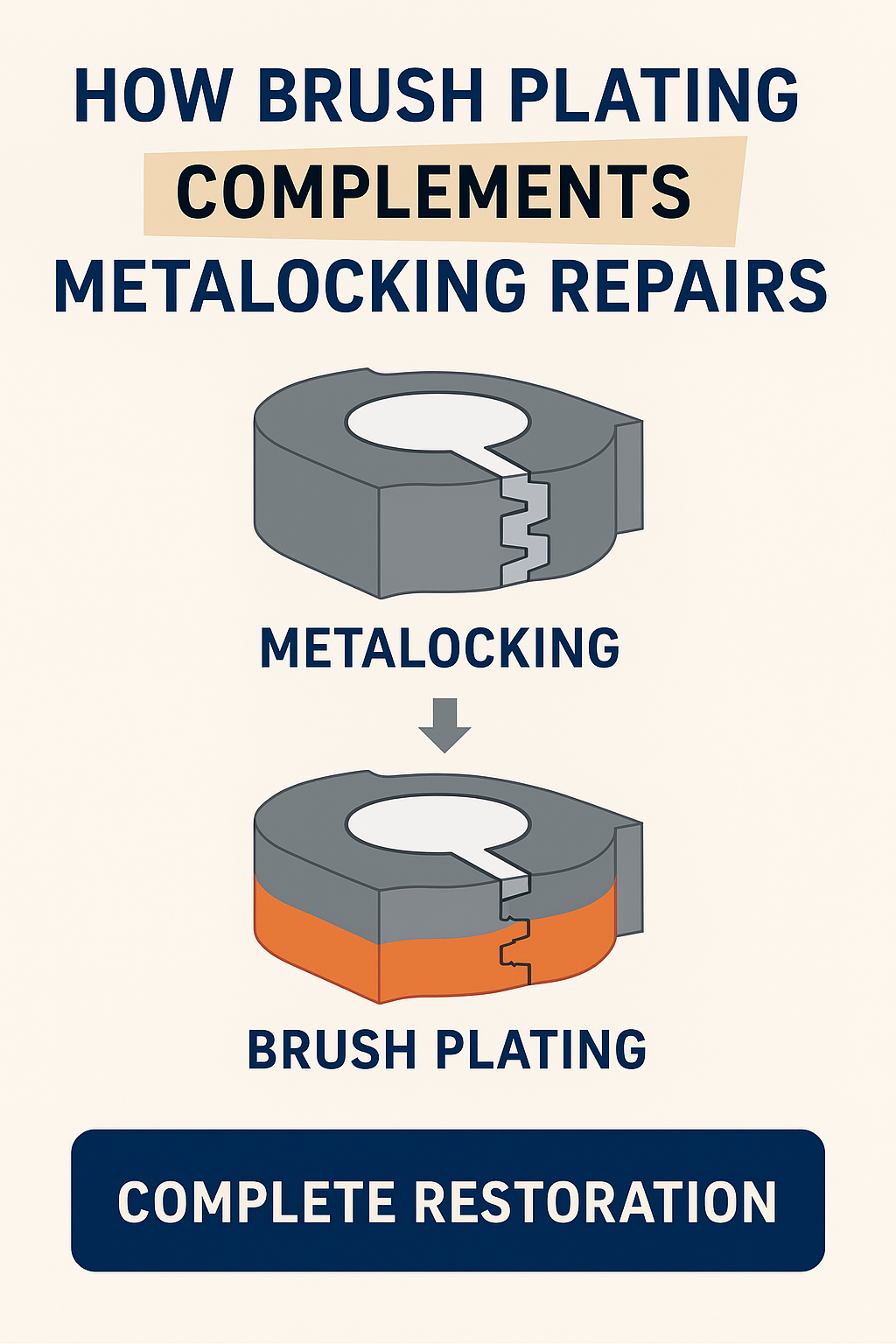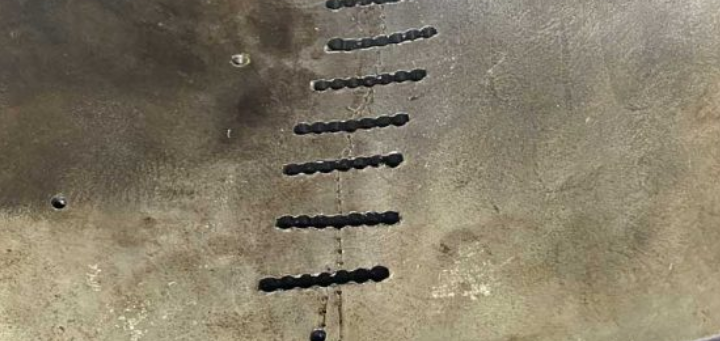Brush Plating vs. Hardbanding, Coatings & Other Thread Protections
Choosing the Right Surface Solution for Your OCTG and Downhole Tools
In the oil and gas industry, thread protection is a critical factor in tool longevity, connection integrity, and operational efficiency. With the constant demands of high torque, pressure, and repeated make-and-break cycles, it is essential to choose a surface treatment that offers durability, precision, and proven anti-galling performance.
Among the available solutions, Brush Plating, Hardbanding, and various thread coatings are frequently used—but each serves a different purpose. Let us break down how these methods compare.
🧪 1. Brush Plating: Precision Protection for OCTG Threads
Brush Plating is a selective electroplating technique used to deposit copper (or other metals) onto specific thread areas. It is widely adopted by premium thread manufacturers and service providers for both premium and non-premium OCTG connections.
Key Benefits:
✔️
Anti-galling protection through soft copper coating
✔️
Precise thickness control, no overspray, or masking issues
✔️
Ideal for internal threads and tight tolerances
✔️
Low-temperature application (~65°C)—no heat distortion
✔️
Tested up to 132,000 PSI for adhesion
✔️
Trusted by VAM, JFE, Tenaris, Hunting, NOV, and more
Best Used For:
- Thread protection on pup joints, crossovers, tubing accessories
- Requalification of premium connections
- In-house or workshop plating operations
🔩 2. Hardbanding: Wear Resistance for Tool Joints
Hardbanding involves applying a hard metal alloy (e.g., tungsten carbide) via welding onto tool joints and drill collars to protect against abrasion and wear during downhole drilling.
Key Benefits:
✔️ Excellent for
wear resistance and tool life extension
✔️ Commonly applied to
tool joints, drill pipes, and collars
✔️ Withstands abrasive contact with wellbore walls
Limitations:
❌ Not suitable for
threaded areas—applied only to external surfaces
❌ Requires
high-temperature welding, which can alter metallurgy
❌ Needs
specialized equipment and post-processing
Best Used For:
- Protecting high-wear zones of rotary tools
- Drill string components exposed to wellbore contact
🧴 3. Thread Compounds & Coatings: Temporary Protection
Thread compounds (pipe dope) and various liquid-applied or dry-film coatings are often used during make-up/break-out to reduce galling and aid sealing.
Key Benefits:
✔️ Easy to apply during rig operations
✔️ Provides
short-term lubrication and corrosion protection
Limitations:
❌
Temporary—must be reapplied
❌ Does not restore worn surfaces or rebuild damaged threads
❌ Offers
no long-term durability or structural restoration
Best Used For:
- Rig site makeup/breakout assistance
- Routine tool deployment under mild conditions
💡 Conclusion: Brush Plating as a Core Asset in Tool Maintenance
While hardbanding protects against external wear, and thread coatings help with temporary lubrication, Brush Copper Plating offers unmatched protection for the most critical part of your OCTG tools—the threads.
Whether you are restoring worn threads, qualifying premium connections, or protecting new tools from galling, Brush Plating is the trusted, long-term solution used by both global leaders and regional operators.









